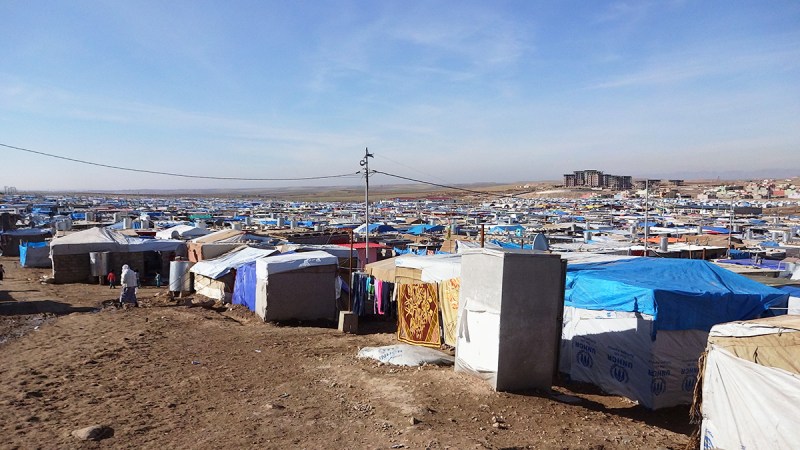
According the Global Peace Index (GPI), the world as a whole became slightly more peaceful over the last year but that trend does not hold true for the last decade.
While most of us consider the United States to be relatively safe, it was one of 68 countries that dropped in the global rankings from the previous year. In 2016, the United States was ranked 103 out of 163 countries in the index. In 2017, that ranking would become 114 out of 163.
Since 2008, Iceland has topped the charts as the most peaceful country in the world. For 2017, it was joined by New Zealand, Austria, Denmark and Portugal, all of whom ranked high in the 2016 index as well.
While the U.S. Department of State did issue the most travel warnings for Mexico, the country ranked 142 in the 2017 GPI report. While there are numerous incidents involving Americans being killed across the border, it typically does not involve the more touristy areas around the Yucatan Peninsula. And, more Americans visit Mexico due to its close proximity to the United States than almost anywhere else.
While travel should always be an adventure, it should never involve one needlessly risking their life for a vacation.
Here is our list of the five most dangerous countries in the world according to the GPI and their ranking out of 163 countries.
Syria: (Rank: 163)

Since 2011, nearly 500,000 people have been killed and millions have been displaced in the ongoing civil war. Sadly, the country was once one of the most peaceful and safest countries to visit in the Middle East. The country is home to the world’s oldest ‘living’ city, Damascus. Other sites within the historically diverse country include the Crusader castle, Crac des Chevaliers, and the ancient city of Salamieh.
Afghanistan (Rank: 162)

While the country has historically been at the center of powerful empires over the last 2,000 years, the country’s recent history has made it a region that most travelers avoid. Since the 1979 Russian invasion, the country has been involved in ongoing conflicts that have ravaged the landlocked country. The Minaret of Jam, the Khyber Pass and the Panjshir Valley are just a few of the destinations that will be missed except by the most intrepid travelers.
Iraq: (Rank: 161)

Considered the birthplace of some of the world’s oldest civilizations, Iraq has been a volatile region dating back to its conflict with Iran during the 1980s, which cost the country hundreds of thousands of lives, followed by the Gulf War and the current, ongoing conflicts. If a positive spin on war is possible, it would center around the UNESCO World Heritage site of Ashur. The former capital of the Assyrian Empire was slated to be flooded with the creation of a dam under the Hussein government, but since the fall of Iraq those plans have been shelved. Other famous sites like Babylon, Hatra, Nineveh and Ur are almost completely inaccessible due to the continuing instability within the country.
South Sudan (Rank: 160)

After declaring independence in 2011, South Sudan has remained in constant conflict with its northern neighbor, Sudan. Located near the Equator, the country’s landscape is comprised mostly of tropical rain forests and therefore has an abundance of wildlife. Which you’re almost guaranteed never to see without a full-fledged militia behind you.
Yemen (Rank: 159)

Sharing the peninsula with the stable countries of Saudi Arabia and the UAE, Yemen has been involved in a brutal civil war for the past several years. Tribal violence, terrorist attacks and abductions remain high within the country. While mostly desert, the country does border the Red Sea and boasts some beautiful beaches along with historic destinations such as Shibam.


